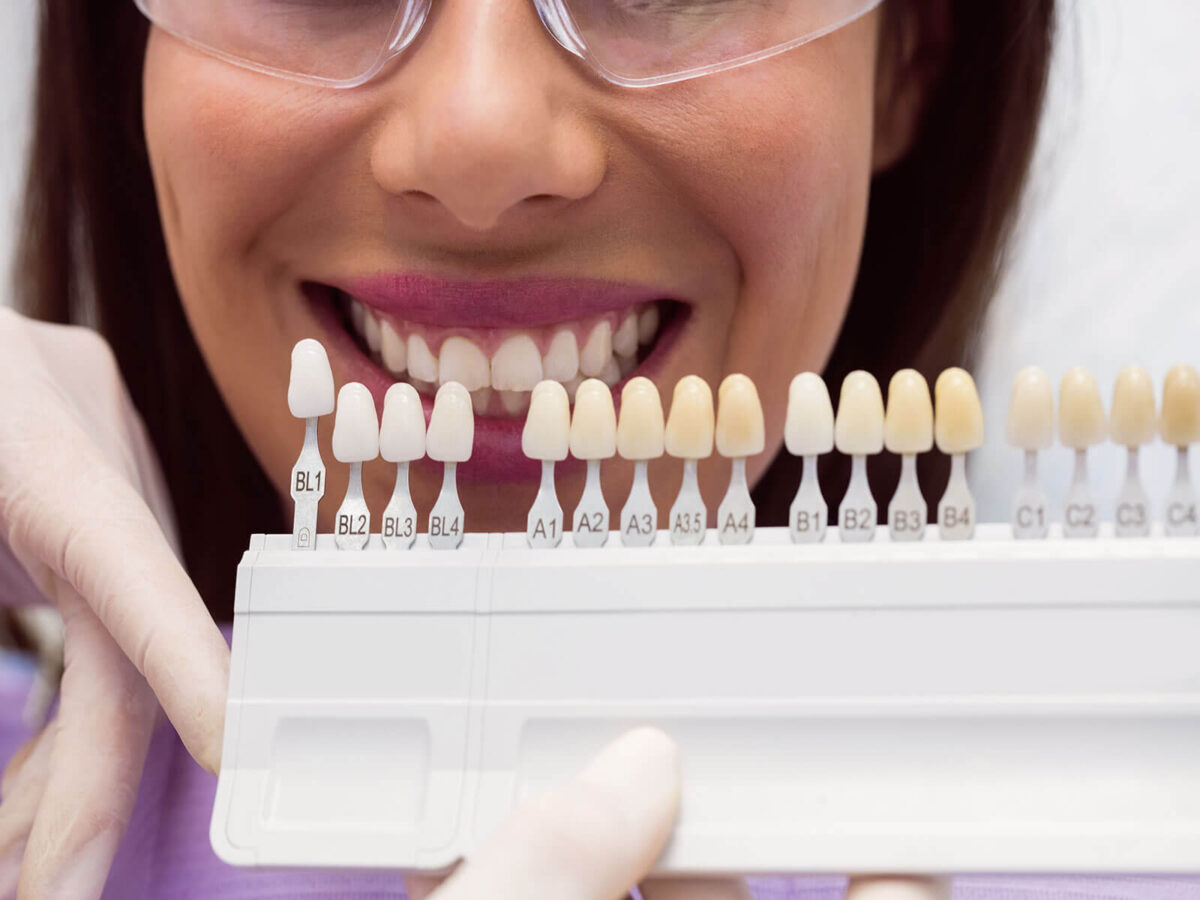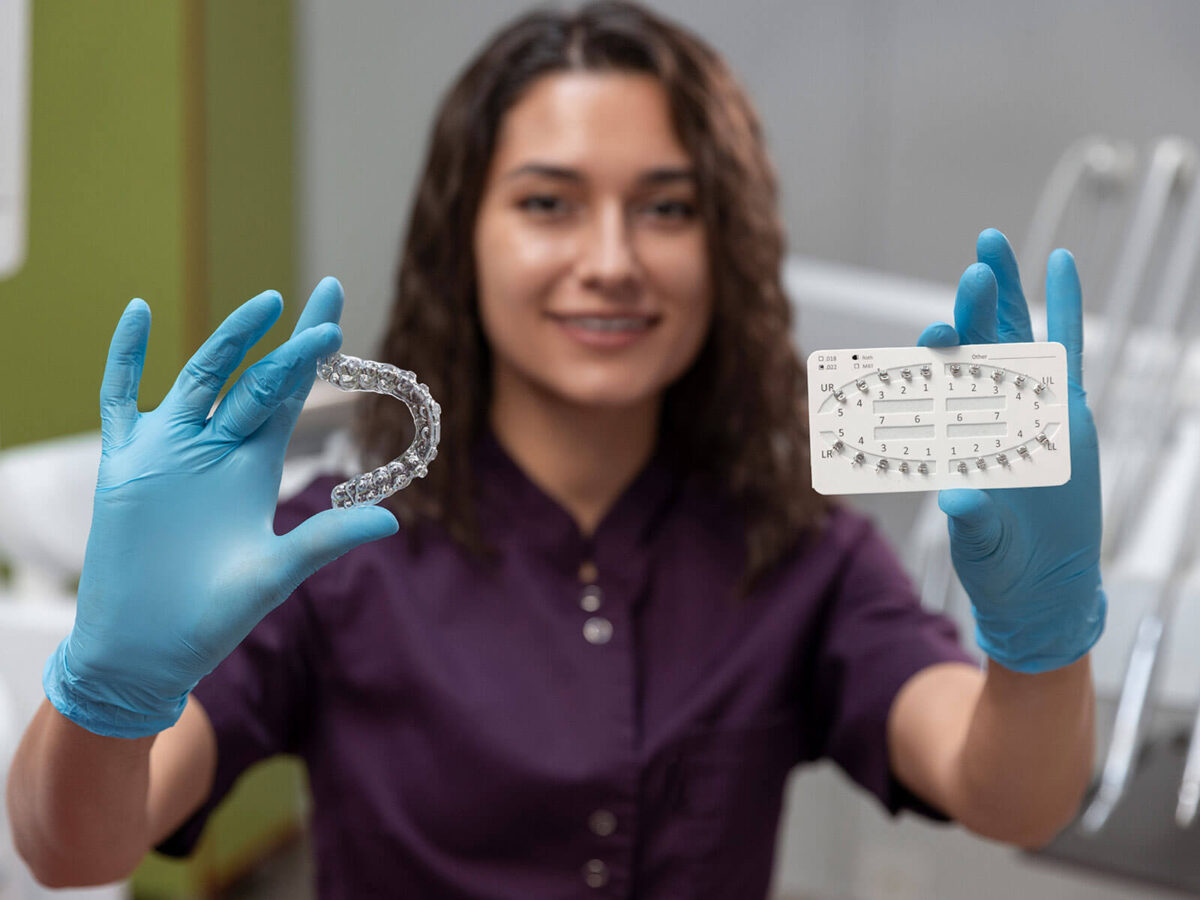Introduction
Porcelain veneers are known to last between 10 to 15 years, but individual care practices, habits, and overall wear can vary this range significantly. Proper maintenance, including regular brushing, flossing, and dental check-ups, is essential. However, teeth grinding or clenching, poor dental hygiene, and certain lifestyle choices can adversely affect their lifespan.
Periodic dentist examinations are crucial for monitoring veneers and addressing any issues. While veneers provide a durable and aesthetically pleasing solution, their longevity is contingent on proper care and avoiding habits that could compromise their integrity. Explore the factors that affect their durability, effective maintenance tips, and how to keep your smile shining bright.
Understanding Porcelain Veneers
- Introduction to Veneers: Learn how veneers are custom-made to correct numerous dental imperfections and create a naturally bright smile.
- Porcelain Veneer Lifespan: Discover how material quality, placement, and individual oral habits impact their effectiveness.
Factors Affecting Veneer Longevity
Several factors can influence the durability of porcelain veneers. Key among these is oral hygiene – regular brushing, flossing, and dental visits are vital. Tooth grinding or clenching can significantly reduce their life, often requiring a protective sleep guard.
Dietary habits, especially when consuming acidic or staining foods and drinks, can impact veneers’ appearance and structure over time. The quality of veneer installation, including adhesive quality and the dentist’s skill, also plays a critical role.
Accidents or dental damage can shorten veneers’ lifespan, necessitating open communication with your dentist about any concerns or changes in dental health. Addressing these factors can help prolong the life of your porcelain veneers, ensuring a durable and aesthetically pleasing dental solution.
- Quality of Materials: How advancements in materials contribute to greater durability.
- Expert Placement: The role of skilled dental professionals in ensuring accurate and secure veneer application.
- Oral Habits and Care: The impact of tooth grinding, proper dental hygiene, and lifestyle choices on veneer longevity.
- Preventive Measures: Strategies to extend veneer life through preventative care and regular dental checkups.
Porcelain Veneer Maintenance
Proper care is essential to maintain the luster and longevity of porcelain veneers. This section highlights the importance of good dental hygiene, including brushing, flossing, and mouthwashing, to preserve your veneers’ beauty and integrity.
Additionally, dietary advice is provided to mitigate potential issues, ensuring your veneers remain a lasting part of your smile. Practical tips and insights are offered to enhance the durability of porcelain veneers, helping individuals maintain a beautiful and confident smile.
- Oral Hygiene Practices: Effective brushing, flossing, and mouth washing techniques to maintain veneer health and appearance.
- Dietary Considerations: Foods and drinks to avoid or consume to support veneer maintenance.
- Avoiding Harmful Habits: Strategies to manage tooth grinding and avoid biting into hard objects.
Common Concerns and Solutions
Addressing common issues proactively is key to preserving porcelain veneers. This section offers solutions for preventing chipping and damage, thereby enhancing the longevity of your veneers. It serves as a resource for managing potential problems, equipping individuals with the knowledge needed to maintain their porcelain veneers’ integrity and shine for years to come.
- Staining and Discoloration: Understanding the causes of veneer discoloration and strategies to maintain their brightness.
- Chipping and Damage: Preventative measures and immediate treatments to minimize the risk of veneer damage.
Conclusion
Embark on the journey of porcelain veneers with Jasper Dentist, TX, as your knowledgeable guide, providing insights into their lifespan, factors affecting longevity, and proper care techniques. Whether you’re considering veneers or seeking to maintain your current ones, this guide offers the necessary information to make informed decisions and ensure your smile remains vibrant. Join us in achieving enduring brilliance, letting your porcelain veneers stand as a testament to your commitment to oral health and confidence.


